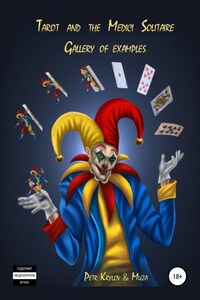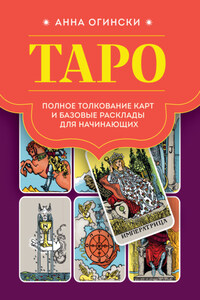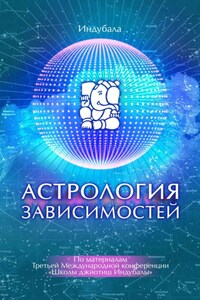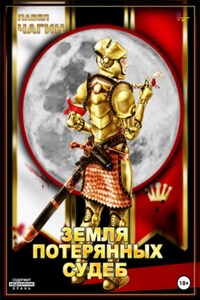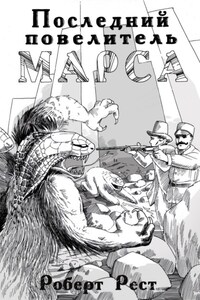Chapter 1. Introduction to stalking
So, what is stalking?
Life is millions of options and thousands of roads.
But life is also tens of thousands of rules and limits that form its vicious circle, a maze you can’t find your way out of.
Millions of bipedal predators tear to pieces the life of a newcomer to this world, getting him to run around their panopticon like a squirrel on a wheel.
I admit there’s some truth to Russian thieves-in-law’s view that society is a sheepfold, but I disagree that their outlook is the only true one.
People living in Caucasian mountain regions traditionally value the experience of gray-haired old men more than gold. The old men know many roads and paths through ice-covered passes, rent by bottomless abysses, sharp like the razor of hate, and inapproachable and death-threatening almost all year round. The experience and skill of the elders and their knowledge of their native land guaranteed the survival of the people in the years of hardship, when enemies and adversities came upon the peaceful toilers.
The elders were reverentially called Aqsaqals.
In forest areas, where the sun itself doesn’t shed a straight ray across the ground, reflecting instead from myriads of living souls reaching out to it, the chaos of life’s wilderness can entangle the uninitiated into its thickets ever so deep until the traveler loses the strength to get back out. But even in those parts, there were those able to find, by visible signs, a way through life’s confusion and fearlessly set out into the depth of the taiga or the jungle, to return with trophies to those who loved and waited for them.
They were proudly called the Hunters.
In the heat haze of the desert, there appeared, like a mirage, the outline of someone striding like a clockwork soldier; and in a moment so short your mind hardly has time to believe it, the someone from the other world (after all, where he came from even lizards that didn’t die in two or three years did die of surprise when they tried to calculate the possibility of that event – just kidding) stood near you, giving off heat.
How had he survived in a place with neither water nor shadow for hundreds of miles around? How had he kept his sanity, hearing infinity swishing against timelessness? Exactly where had he come from and where was he going to? What was he looking for? Who had he saved, who would he save, and who would he punish?
With the respect and fear of incomprehension, people recounted his story like a legend to their children, calling him the Ranger.
And then, in leaps about one hundred yards long, branching into a tree of probabilities of what could happen next, a lightning came down, picking from the myriad scenarios for its descent the easiest and the most reliable ones – those that kept energy loss to a minimum while offering as many options for further travel as possible.
And if someone doubts that the lightning’s path was the best there could be, let them stand to be struck by it and feel, at the last moment of their life, that its power had not been wasted down the road from its birth to its death but that it had been preserved and even multiplied.
The lightning brought the surplus power from the sky down to the earth, restoring the balance.
This goes to show that stalking is not the monopoly of stalkers but the ancient art of survival and orientation, allowing you to understand the world and your place in it and to restore the world’s balance.
The stalker is the lightning of choice and the hunter of intention, the ranger of spirit, the Aksaqal of experience, and the universe itself trying to look into its own eyes to see its reflection and an understanding of itself.

